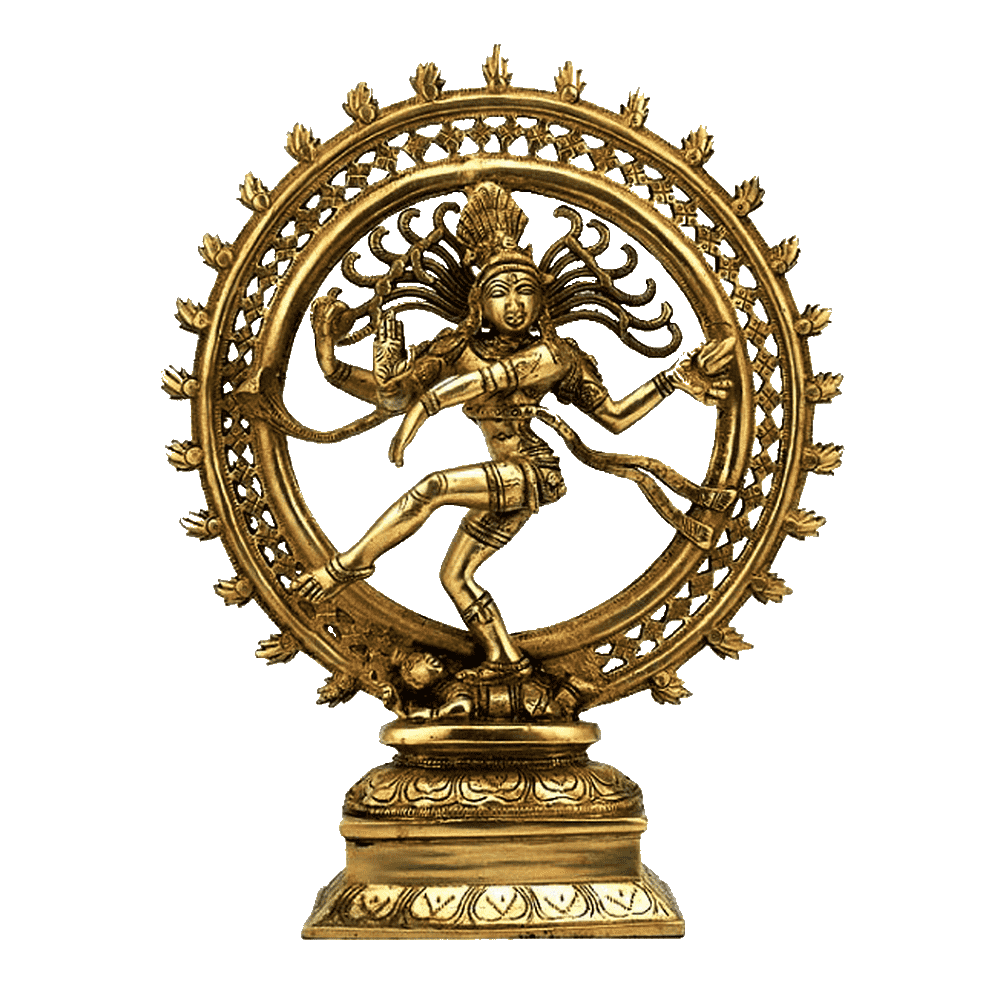
Raudrāgamas
The fierce and wrathful aspects of Lord Śiva
Introduction:
The Raudrāgamas are an essential group of texts within the Śaiva tradition that delve into the fierce and wrathful aspects of Lord Śiva. These scriptures are characterized by their emphasis on practices that evoke the powerful energies of destruction and transformation, aimed at guiding practitioners towards liberation from worldly attachments and limitations.
The word “Raudra” is derived from the Sanskrit root “raudrā,” which means “fierce” or “angry.” In these Āgamas, Lord Śiva is depicted in his fierce and wrathful form, known as “Rudra,” “Bhairava,” or “Kāla Bhairava.” These forms represent the aspect of the divine that destroys ignorance, attachments, and negative qualities to pave the way for spiritual transformation and liberation.
Origins and Context:
The Raudrāgamas are part of the broader Śaiva Āgamas, a collection of Tantric scriptures that provide comprehensive guidelines for temple worship, rituals, and spiritual practices. These texts have been transmitted through an oral tradition for centuries and are considered divine revelations from Lord Śiva himself, imparting sacred knowledge to his devotees for their spiritual growth and liberation.
Teachings and Contents:
The Raudrāgamas cover a wide range of topics related to both internal and external spiritual practices, including:
Fierce Deity Worship:
The Raudrāgamas describe elaborate rituals and worship practices aimed at invoking and connecting with the fierce and wrathful aspect of Lord Śiva. Devotees seek the blessings of these powerful forms to destroy their inner impurities, ego, and attachments, paving the way for spiritual growth.
Rituals of Transformation:
These texts emphasize the transformative power of the fierce deities. The rituals performed in accordance with the guidelines given in the Raudrāgamas are believed to purify the practitioner’s mind, cleanse negative karma, and pave the way for spiritual evolution.
Fearlessness and Detachment:
The worship of the fierce deities is also associated with developing fearlessness and detachment from the material world. By surrendering to the transformative energies of Lord Śiva, practitioners are encouraged to transcend worldly fears and attachments, leading them towards the path of liberation.
Kāla Bhairava:
Kāla Bhairava is one of the primary forms of Lord Śiva revered in the Raudrāgamas. He is the fierce and fearsome form, representing the eternal time and the destructive power of the divine. Devotees seek his blessings to transcend the limitations of time and achieve spiritual liberation.
Meditation and Mantra:
The Raudrāgamas also advocate various meditative practices and mantra recitation associated with the fierce deities. These practices help practitioners attain heightened awareness and align their consciousness with the transformative energies of Lord Śiva.
Non-dual Philosophy:
Amidst the fierce and wrathful imagery, the Raudrāgamas often delve into the non-dual philosophy of Advaita, emphasizing the unity of the individual soul (Atman) with the ultimate reality (Brahman). Through the worship of fierce deities, devotees are guided towards the realization of their divine nature.
Conclusion:
The Raudrāgamas are an integral part of the Śaiva tradition, offering profound insights into the fierce and wrathful aspects of Lord Śiva. By exploring the transformative energies of these deities, devotees are encouraged to embrace fearlessness, detachment, and spiritual growth. The practices outlined in these scriptures pave the way for liberation from worldly attachments and limitations, guiding seekers towards the realization of their true divine nature and ultimate union with Lord Śiva. As with all Tantric texts, the approach to Raudrāgamas is marked by reverence, humility, and a sincere aspiration for spiritual evolution and self-realization.
Editor – Kaalchakra Team
[ Note – Before Concluding anything as a Finale, Please Go through Original Scriptures of Vaidik Literature Written in Sanskrit and Also with Meaning of That time of Language. Because English is a Limited language to Explaining the Deeper Knowledge of Vaidik Kaal. ]
